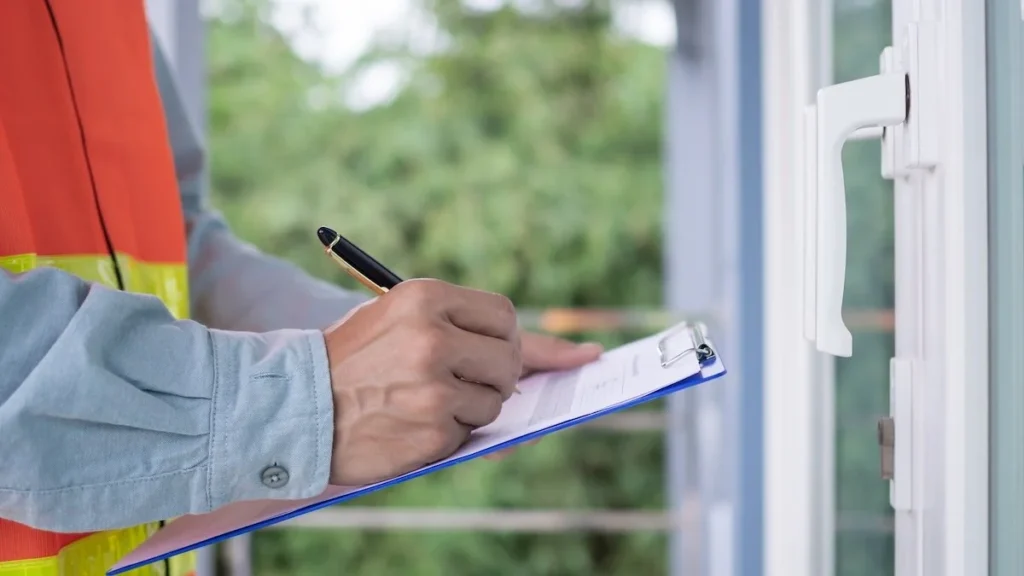Your garage door is one of the heaviest moving parts in your home, and daily use causes significant wear and tear. If it malfunctions, it can lead to property damage, injuries, or costly emergency repairs. Simple, regular safety checks can prevent accidents and save you money in the long run. Since changing weather can accelerate wear on components, knowing how to inspect your system is key to keeping it running smoothly and safely.
Test the Auto-Reverse Feature
Modern garage doors have an auto-reverse function that stops and reverses if something is in its path. This prevents accidents, especially when children or pets are nearby. To test it, place a block of wood on the floor under the door and close it. The door should immediately reverse upon contact. If it doesn’t, your system needs attention. Ignoring this issue creates serious safety hazards. Address any malfunction quickly to avoid larger problems and the need for urgent garage door repair in Boise—a common service when safety features fail.
Inspect the Springs and Cables
Garage door springs and cables are under high tension and handle the heavy lifting each time the door opens or closes. Over time, these parts can wear out or weaken, increasing the risk of snapping. A sudden break can cause injuries or leave your garage door stuck. Regularly check the springs and cables for signs of fraying, rust, or gaps. Avoid attempting adjustments yourself, as it can be dangerous. Identifying wear early allows you to arrange professional repairs before the issue worsens. Taking preventive action saves both time and money compared to waiting for a complete failure.
Check Door Balance and Movement
A well-balanced garage door moves smoothly and doesn’t strain the opener. To test the balance, disconnect the opener by pulling the release handle and manually lift the door halfway. A properly balanced door should stay in place without sliding down. If it doesn’t hold its position, the springs likely need adjusting. An unbalanced door puts extra wear on the opener, leading to premature failure. Addressing this imbalance early is a cost-effective way to extend your garage system’s life and reduce the risk of sudden malfunctions.
Examine the Weather Seals
Weather seals around your garage door protect your home from drafts, moisture, and pests. Over time, these seals can crack, wear down, or detach, compromising insulation and allowing dirt and debris inside. Inspect for gaps along the sides and bottom of the door. Replacing worn seals is a simple way to improve energy efficiency. As temperatures fluctuate, strong weather seals help keep your garage comfortable and reduce strain on your heating and cooling systems.
Test the Manual Release
Every garage door opener includes a manual release, typically operated by a red handle or cord. This feature is crucial during emergencies, like power outages, when the automatic opener stops working. Homeowners should regularly test the manual release to ensure it functions properly. Simply pull the handle to disconnect the opener and check if you can open and close the door manually. Once tested, reconnect the opener and verify it re-engages smoothly. Regular testing ensures the system works reliably and prevents you from being stuck inside or outside during an emergency.
Look and Listen for Warning Signs
Another simple yet effective safety check is to listen and observe your garage door’s operation. Unusual sounds like grinding, scraping, or squeaking often indicate worn parts or misalignment. Jerky or uneven movement can also point to loose or damaged components. Detecting these issues early helps prevent sudden failures. If you notice persistent problems, scheduling a professional inspection is the safest course of action. Prompt attention can prevent minor issues from becoming costly repairs, ensuring your garage door remains safe and dependable.
Conclusion
Simple safety checks take minutes but offer lasting benefits. Regularly testing features, inspecting components, and listening for unusual signs prevents accidents and extends system life. Given the constant wear from weather and daily use, these steps are even more crucial. Consistent care protects your family, property, and budget. When needed, professional help ensures your garage door remains safe and dependable.

